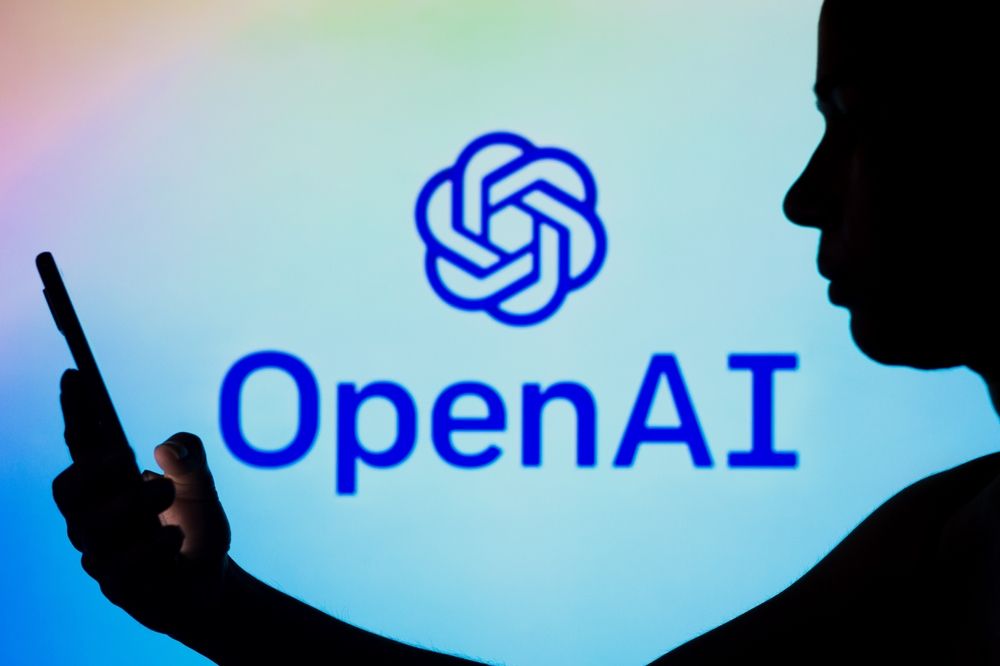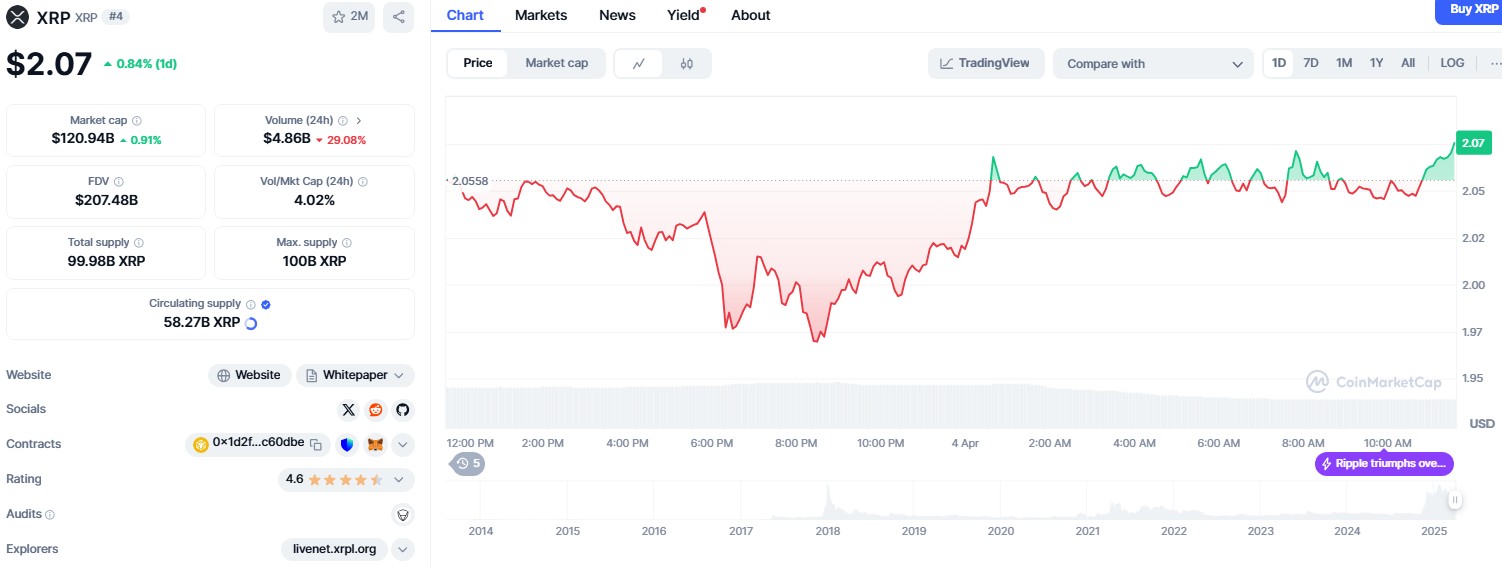Redis on Your Local Machine Using Docker: A Step-by-Step Guide
What is Redis and Why Should We Use It? Imagine a super-fast assistant that remembers everything instantly. That’s Redis! It’s an in-memory data store used as a database, cache, and message broker. Developers love Redis for its lightning speed, simple commands, and scalability. Now, the big question—why use Docker to run Redis locally? Well, setting up Redis manually can be tricky. With Docker, we skip the installation hassle and get Redis running with just a few commands. It’s like having Redis ready in a takeout box—just unpack and start using it! Prerequisites: What You Need Before Starting Before we dive in, let’s make sure we have everything ready: Docker Installed: If you don’t have it, download and install Docker from the official website. Basic Command Line Knowledge: No need to be a pro, but knowing how to run a few commands in the terminal will help. Once Docker is up and running, we’re good to go! Step 1: Pull the Redis Docker Image First things first, we need to download the Redis image from Docker Hub. Think of it as getting a Redis blueprint that Docker will use to create a container. Run this command: docker pull redis:latest This command grabs the latest Redis version. If you need a specific version, replace latest with a version number, like redis:7.0. Step 2: Run Redis in a Docker Container Now, let’s bring Redis to life inside a Docker container. We’ll run: docker run -d --name redis -p 6379:6379 redis:latest What does this command do? -d runs Redis in the background. --name redis names our container "redis". -p 6379:6379 makes Redis accessible on port 6379. Boom! Redis is now running inside Docker. Let’s check if it’s up. Step 3: Verify Redis is Running To see if our Redis container is active, use: docker ps This will list all running containers. If you see Redis in the list, congratulations! It’s alive and kicking. Want to check if Redis is responding? Run: docker exec -it redis redis-cli PING You should get a response: PONG That’s Redis saying, "Hey, I’m here!"
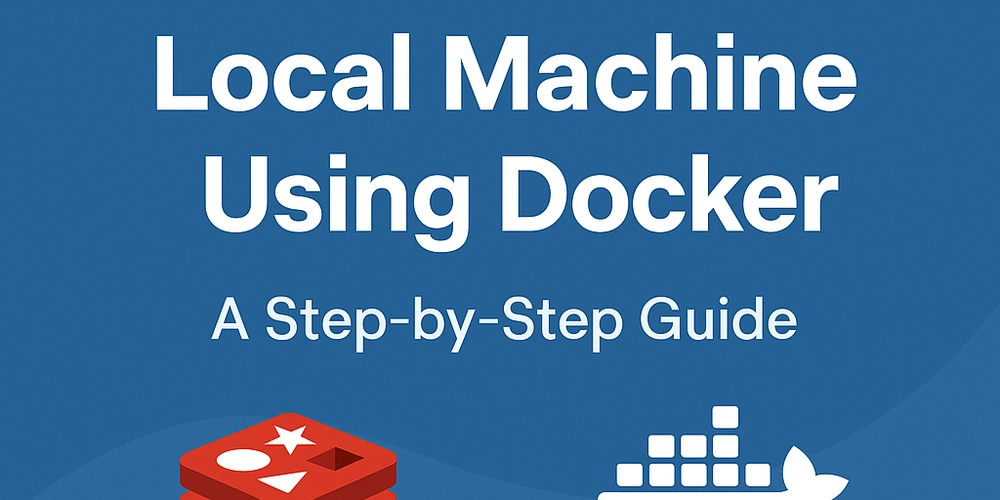
What is Redis and Why Should We Use It?
Imagine a super-fast assistant that remembers everything instantly. That’s Redis! It’s an in-memory data store used as a database, cache, and message broker. Developers love Redis for its lightning speed, simple commands, and scalability.
Now, the big question—why use Docker to run Redis locally? Well, setting up Redis manually can be tricky. With Docker, we skip the installation hassle and get Redis running with just a few commands. It’s like having Redis ready in a takeout box—just unpack and start using it!
Prerequisites: What You Need Before Starting
Before we dive in, let’s make sure we have everything ready:
- Docker Installed: If you don’t have it, download and install Docker from the official website.
- Basic Command Line Knowledge: No need to be a pro, but knowing how to run a few commands in the terminal will help.
Once Docker is up and running, we’re good to go!
Step 1: Pull the Redis Docker Image
First things first, we need to download the Redis image from Docker Hub. Think of it as getting a Redis blueprint that Docker will use to create a container.
Run this command:
docker pull redis:latest
This command grabs the latest Redis version. If you need a specific version, replace latest with a version number, like redis:7.0.
Step 2: Run Redis in a Docker Container
Now, let’s bring Redis to life inside a Docker container. We’ll run:
docker run -d --name redis -p 6379:6379 redis:latest
What does this command do?
-
-druns Redis in the background. -
--name redisnames our container "redis". -
-p 6379:6379makes Redis accessible on port 6379.
Boom! Redis is now running inside Docker. Let’s check if it’s up.
Step 3: Verify Redis is Running
To see if our Redis container is active, use:
docker ps
This will list all running containers. If you see Redis in the list, congratulations! It’s alive and kicking.
Want to check if Redis is responding? Run:
docker exec -it redis redis-cli
PING
You should get a response:
PONG
That’s Redis saying, "Hey, I’m here!"










































































































































































![[The AI Show Episode 142]: ChatGPT’s New Image Generator, Studio Ghibli Craze and Backlash, Gemini 2.5, OpenAI Academy, 4o Updates, Vibe Marketing & xAI Acquires X](https://www.marketingaiinstitute.com/hubfs/ep%20142%20cover.png)





































































































































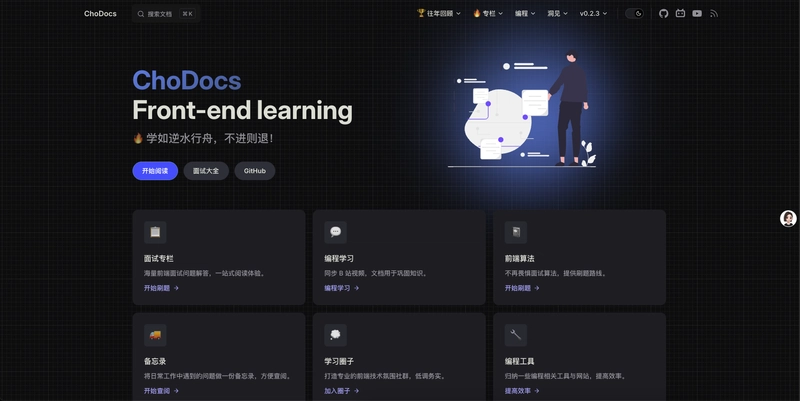










































































































.jpg?#)























































































































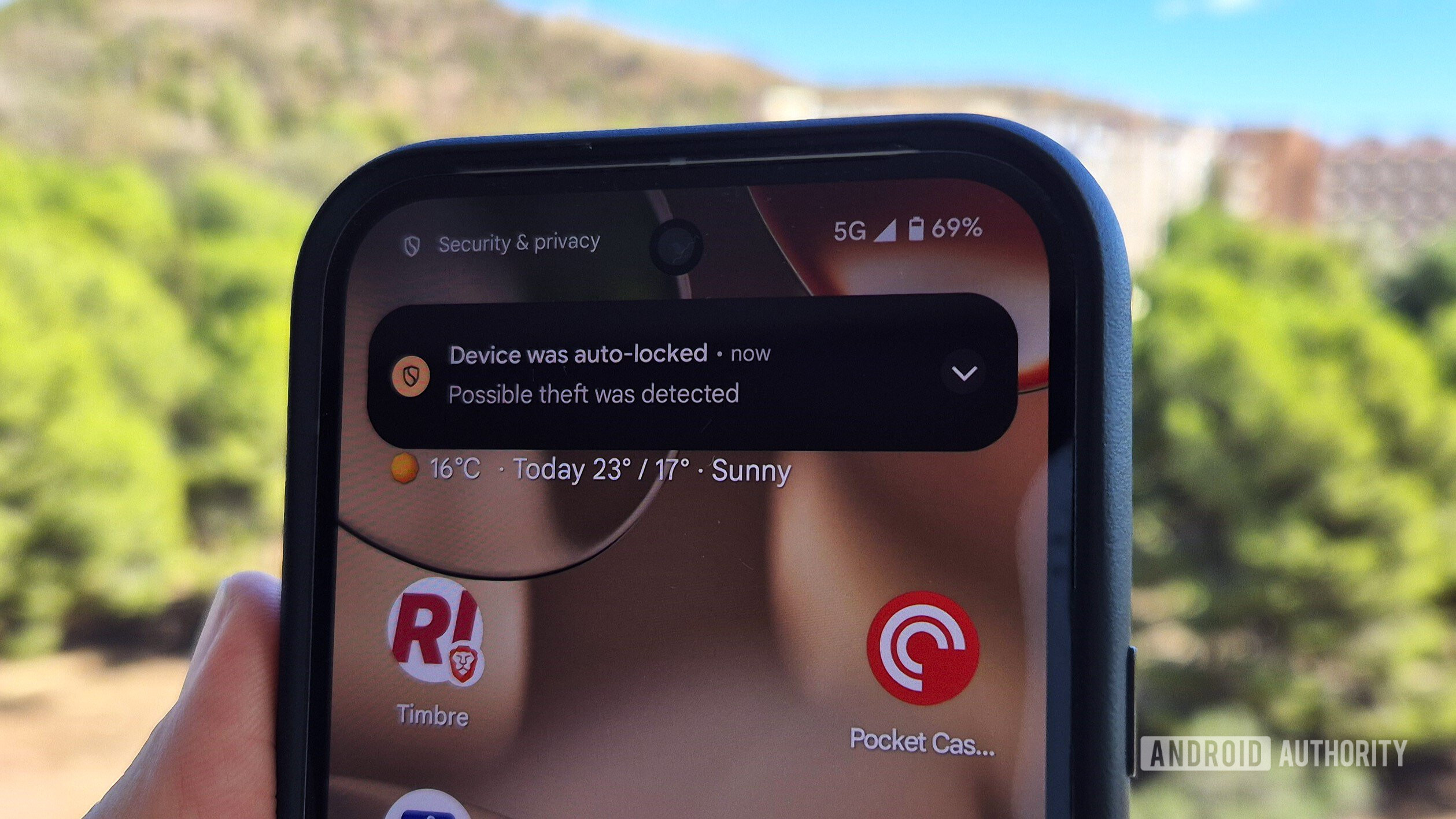





















![YouTube Announces New Creation Tools for Shorts [Video]](https://www.iclarified.com/images/news/96923/96923/96923-640.jpg)

![Apple Faces New Tariffs but Has Options to Soften the Blow [Kuo]](https://www.iclarified.com/images/news/96921/96921/96921-640.jpg)






































































